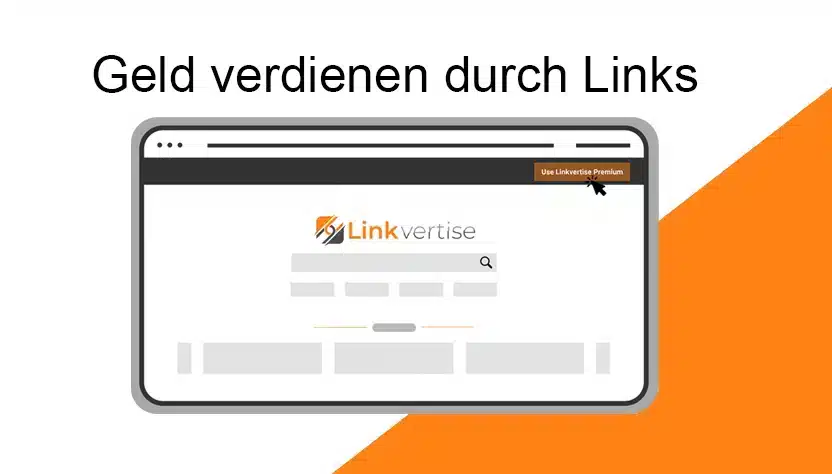Social media is one of the most powerful tools for modern marketing. An effective social media campaign can strengthen your brand essence, increase reach and ultimately boost conversion rates. In this article, I will show you how to start, run and analyze such a campaign.
Table of contents
1. objectives and planning
The first step for a successful social media campaign is setting goals. Without clearly defined goals, it will be difficult to measure the success of the campaign. Typical goals could be
- Increase brand awareness
- Generation of leads
- Increase in sales figures
- Improving customer engagement
Set SMART goals
Make sure your goals are SMART (Specific, Measurable, Achievable, Relevant, Time-bound). An example would be: "Increase Instagram followers by 15% within the next three months."
Tip: Use tools such as Trello or Asana to plan and track your goals and the associated steps.
2. target group analysis
Understand your target group. Create buyer personas to get a clear picture of who you want to address. Analyze demographic characteristics, interests and behavioral patterns. Tools such as Google Analytics or Facebook Insights can be very helpful here.
How to create buyer personas:
- Do your research: Collect data about your existing customers.
- Identify patterns: Search for commonalities and trends.
- Create profiles: Describe your ideal customers with names, background information and goals.
3. develop a content strategy
Your content should be tailored to the needs and interests of your target group. Vary the content to keep attention levels high. Examples of content types are
- Blog articles and tutorials
- Videos and livestreams
- Infographics and visuals
- User-generated content
Pro Tip: Create an editorial plan to keep an overview and regularly post fresh content.
4. choosing the right platforms

Not every social network is suitable for every type of business or target group. Choose the platform(s) that best suit your business and your goals:
- Facebook: Wide reach, well suited for paid advertising.
- Instagram: Ideal for visual content, good for brand awareness and engagement.
- LinkedIn: Perfect for B2B marketing and professional networking.
- Twitter: Suitable for quick updates and customer service.
5. implementation of the campaign
Once the preparation is complete, the actual campaign can begin. Make sure you post regularly and respond to interactions quickly and authentically. Use hashtags strategically and experiment with different posting times and days to find out what works best.
Tool tip: Platforms like Hootsuite or Buffer can help you plan and automate your posts.
6. analysis and optimization
Once your campaign has been launched, continuous analysis and optimization begins. Track the KPIs (key performance indicators) that you defined in the goal-setting phase. Use tools such as Google Analytics, Facebook Insights or special social media analysis tools to gain detailed insights.
Important KPIs:
- Engagement rate: Likes, comments, shares
- Reach and impressions
- Click-through rate (CTR)
- Conversion rate
- Follower growth
Show regular reports and charts to measure success and make any necessary adjustments. Based on this data, you can iteratively improve your strategy.
Tip: Use ChatGPT for social media marketing!
ChatGPTOpenAI's advanced language model, can play a crucial role in your social media strategy.
What is ChatGPT?
ChatGPT is an AI-powered language model that uses natural language processing (NLP) to generate human-like text. It can help you create texts for different formats and platforms in no time at all.
Areas of application for ChatGPT in social media marketing:
- Content creation:
- Brainstorming: ChatGPT can help you generate new and creative content ideas. Simply enter a few keywords or topics and the AI will provide you with numerous suggestions.
- Draft texts: Whether blog posts, social media posts or advertising texts - ChatGPT can create convincing and appealing texts in a matter of seconds.
- Customer support and interaction:
- Automated responses: ChatGPT can create ready-made answers to frequently asked questions, which you can then add to your social media profiles.
- Live chats: Implement ChatGPT in your social media channels to ensure 24/7 customer support and respond quickly to inquiries.
- Content optimization:
- SEO texts: By entering keywords and targets, ChatGPT can create SEO-optimized texts that increase your reach and visibility.
- Personalization: ChatGPT can adapt texts to different target groups, resulting in higher relevance and engagement.
Practical example of ChatGPT in social media marketing
Let's say you want to create an Instagram post about the latest trends in digital marketing. You give the ChatGPT model the instruction:
"Write an engaging Instagram post about the top 5 digital marketing trends in 2024."In just a few seconds, the model generates a creative and appealing post. Here is the post that was generated:
"🌟 Top 5 digital marketing trends 2024! 🚀
Voice Search Optimization 🎙️
AI and machine learning integration 🤖
Enhanced customer experience 💬
Sustainability Marketing 🌍
Influencer collaborations & partnerships 🌟
Stay up-to-date and use these trends to take your business to the next level! #DigitalMarketing #MarketingTrends #BusinessGrowth"I have collected more prompts for ChatGPT on my ChatGPT prompt.
You can also use artificial intelligence for images. For example: Photoshop AI, Midjourney, Stable Diffusion, ... and countless other tools.
By using ChatGPT, you can not only save time, but also increase the quality and creativity of your social media content. Use the possibilities of AI to create and optimize your content efficiently and reach your target group better at the same time.
Closing thought
A successful social media campaign is an ongoing process of planning, implementation and constant optimization. Remain flexible and ready to react to changes in the market or in the behavior of your target group.
This guide should help you launch effective social media campaigns and significantly improve your online presence. Good luck!





